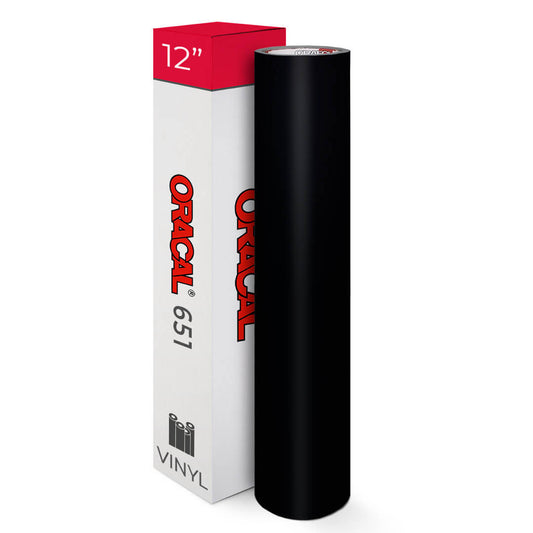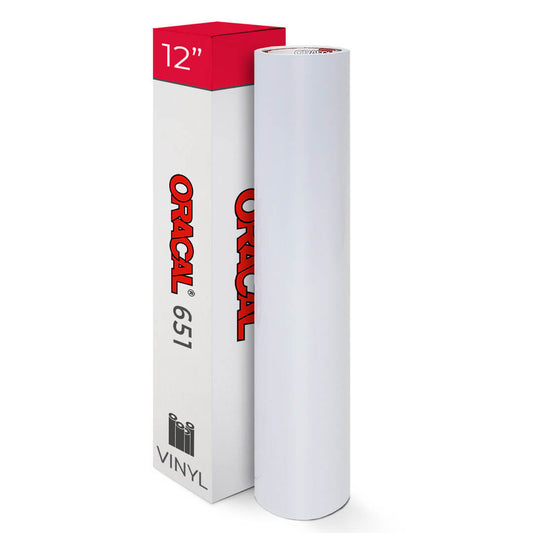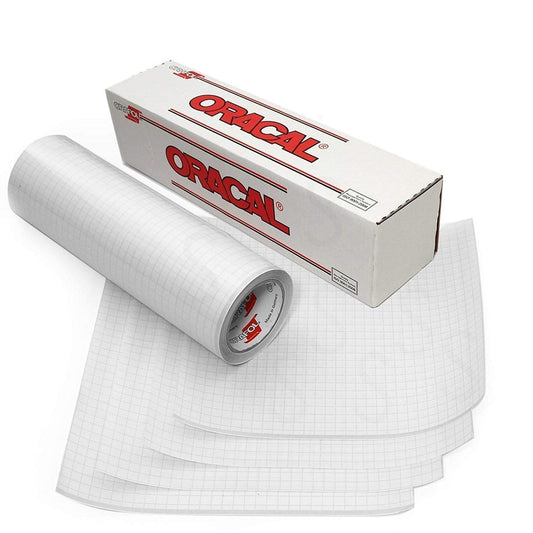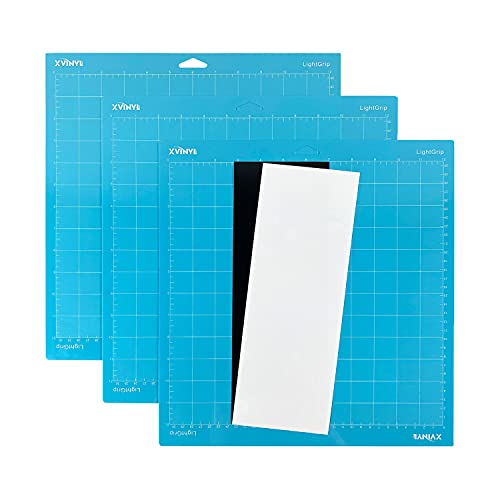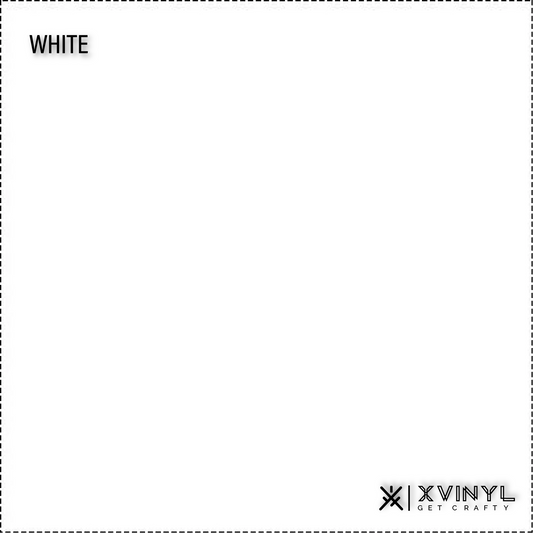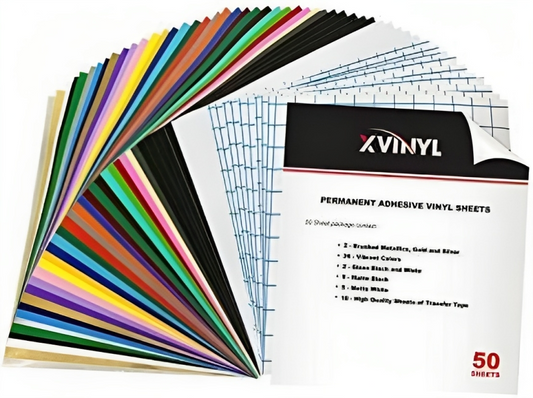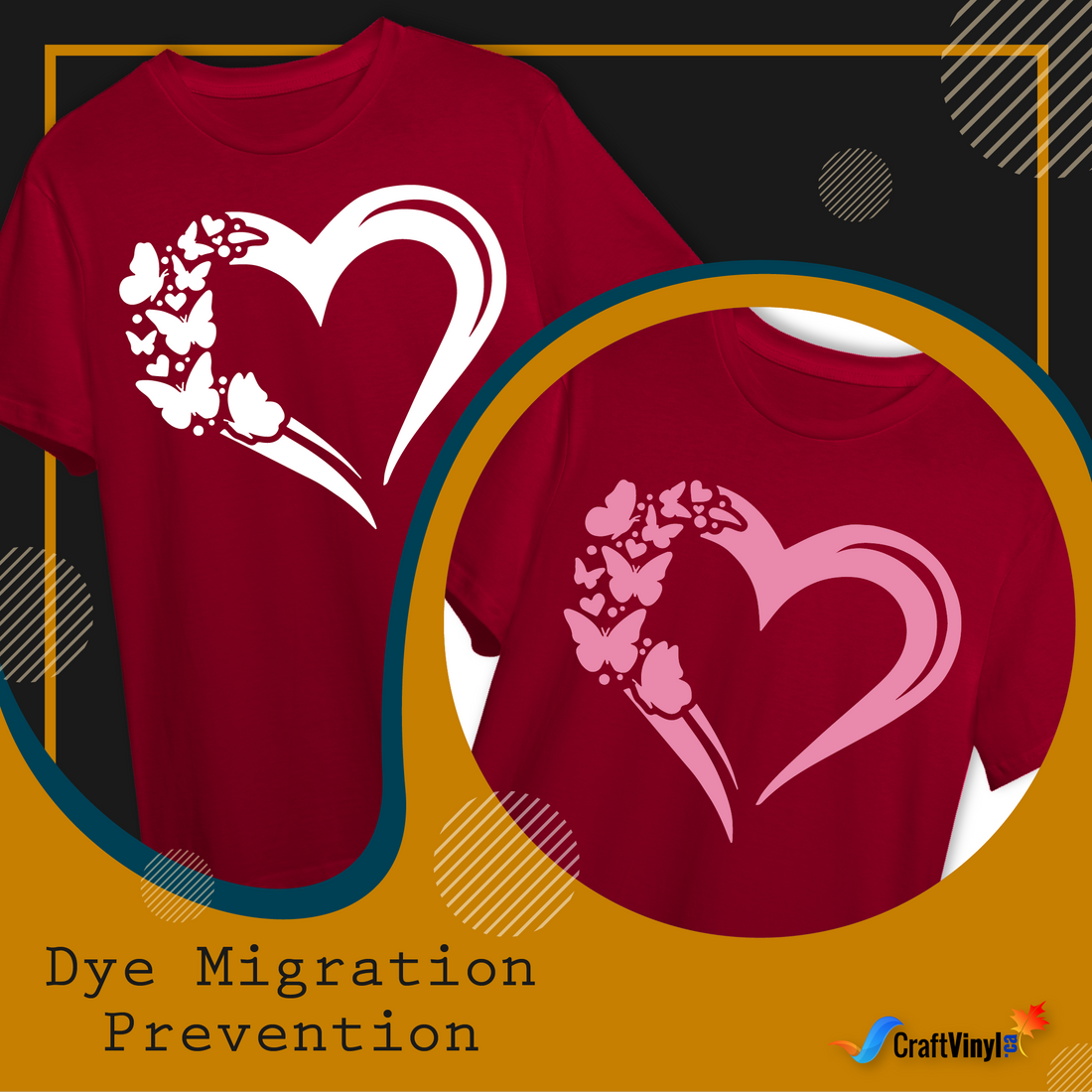How to Prevent Dye Migration
Dye sublimation is a standard method used to dye fabrics such as polyester. It allows the garment to attain beautiful and rich colors. Manufacturers use heat to apply a specific color or dye to the material.
However, one problem we might encounter when using garments that have gone through this process would be the inability to use Heat Transfer Vinyl. Because the dye used for the fabric is activated through heat, when more heat is applied, like when we’re using HTVs, the dye tends to get activated. The shade would then spread and start showing up on the surface of the vinyl we used. This incident is commonly known as dye migration.
An example would be when you’re using a red shirt and applying a white HTV on the top of the shirt. Doing this results in the HTV becoming all pink. It is what happens when Dye Migration happens.
The dye begins to bleed when the garment is exposed to temperatures exceeding 280 Degrees Fahrenheit. Most HTVs require temperatures to exceed this limitation.
In addition, the pressure required to press on the vinyl fully can be another factor contributing to Dye Migration. Using more pressure equates to higher chances of dye migration.
Generally, there is no solution to when this happens. The best thing we could do is to prevent it before it even happens. With that, we’d like to introduce steps and prevention measures you could do to avoid ruining your apparel.
1. Check the labels
Labels are your best friends when crafting with HTV. You can easily find most of the information in this tiny area. As mentioned earlier, dye sublimation is commonly performed on polyester fabrics.
If the garment you want to use is made entirely out of polyester, then it is a clear indication. In addition, you must avoid blends with high polyester content to prevent dye migration.
If your garment contains high levels of polyester and you want to proceed, we suggest doing a test press.
2. Test Press
A simple trick that can save the day - conducting a test press to check for the possibilities of dye migration is slightly different from the test press you might have been working on.
For this, we’ll need some kraft paper. By placing your garment in the heat press, apply the Kraft paper on top, and press it for 10 seconds so that we can be able to check for unstable ink.
Once you’ve finished pressing, check the kraft paper. High-bleed fabrics would leave residues on the paper, and low-bleed materials would leave little to no residue on the kraft paper.
Although it might cost you more time, doing this process first before proceeding will save you from future garment ruination.
3. Low-bleed precautions
Despite being considered low-bleed materials, we still have to take precautions, as using this garment doesn’t eliminate the possibility of dye migration. One of these precautions would be to use dark-colored HTVs.
Using black heat transfer vinyl would prevent the general migration of the dye as the color won’t shine through. In addition, checking for the lowest temperature needed by the HTV and using it is another excellent precaution we could take.
Now, what else could we do to prevent this?
Manufacturers of Heat Transfer Vinyl - like Siser, are ahead of us. They developed products that require a short amount of time and lower temperature requirements but still can possess the same quality as any Heat Transfer Vinyl, which leads to our fourth recommendation!
4. HTV for High Bleed Materials
One example would be the Siser Sub Block - This product has a heat requirement of 265 degrees Fahrenheit. Another factor to consider is that it requires medium pressure, and lastly, you only need about 10 to 15 seconds to ensure that it sticks onto the garment.
With the development of these products, you can also begin to use such vinyl for high-bleed garments. Not only did they lower almost all of the requirements, but they also added a component that makes it dye resistant to prevent the dye from bleeding.
The final thing we could do is a surprising precaution, which is not stacking the finished products!
5. Do not stack your goods!
As discussed, dye sublimation requires heat, and when we use HTV, we apply heat. This step is pretty essential, especially if you’re doing bulk projects. It is still important even if you’re using HTV for high-bleed materials.
When we stack two high-bleed materials after getting heated, there’s a chance that the dye might have been reactivated. If we stack them together, the dye from the clothing above can seep through and damage the bottom fabric. Although it leaves the vinyl (if you’re using HTV for high-bleed) completely scratch-free, you’ll have splotchy dye marks that are mixed as a consequence.
With all of the mentioned precautions and doing the proper steps in applying the HTV, We can guarantee that you won’t be seeing any form of dye transfer!
We highly recommend doing these steps to prevent any unwanted disasters, or if you have a running business, look more professional! Dye migration is an irreversible disaster that can permanently damage the apparel.
We hope that you learned a thing or two from this article! Of course, don’t hesitate to share this with your family and friends, and if you have any inquiries, you can reach us through the following social media sites listed below.
If you’ve made a vinyl craft, we’d love to see it! Get featured on our page by sending us a quick, direct message on any of the following platforms. You can also check out our site for vinyl needs!
Social Media Accounts:
FB: CraftVinyl.ca
IG: CraftVinyl.ca
TikTok: craftvinyl.ca
Have safe and happy crafting, Crafters!
Discover More Great Articles On Crafting
Learn more HTV tips and tricks by clicking the links below:
HOW TO LAYER HEAT TRANSFER VINYL PERFECTLY

